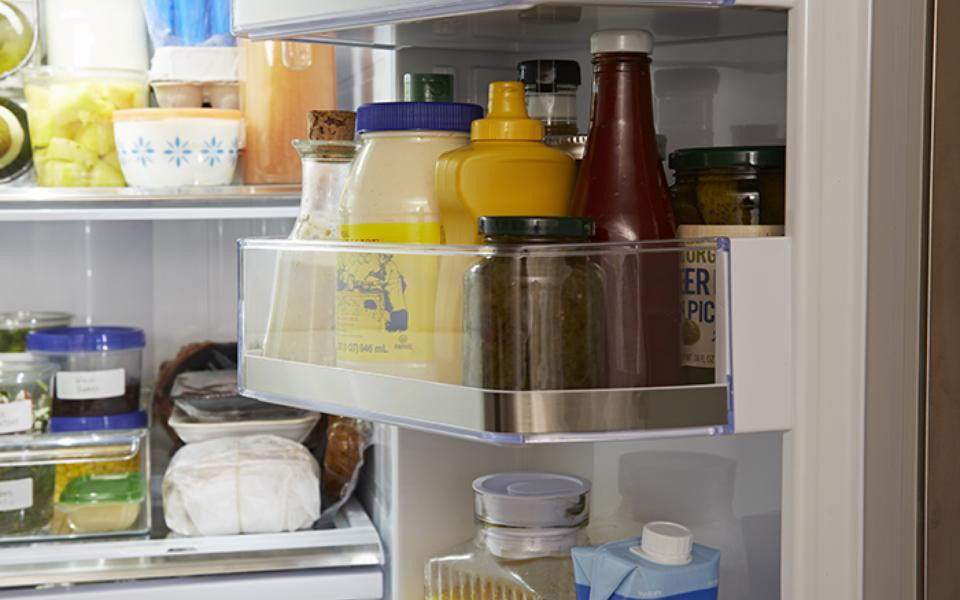Fruits and Veggie Storage
Refrigerators typically come with a bin marked as a “crisper” or with a “low humidity” label. This bin is ideal for fruits, which should be stored in a loosely tied plastic bag. The other bin is typically marked as “high humidity” and is best for vegetables, since this location is the most moist. Vegetables should also be stored in a loosely tied plastic bag.








